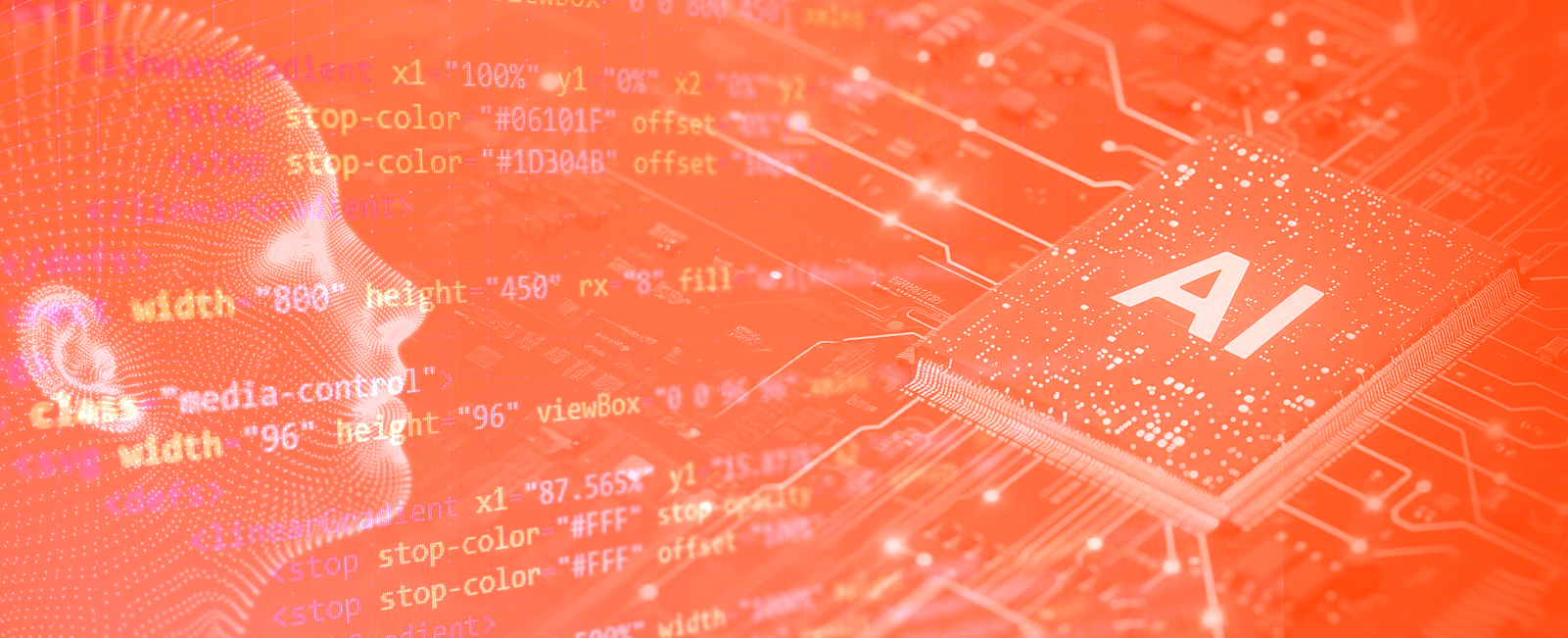The world of web development is in a constant state of evolution, and as we approach 2026, a new wave of trends is set to reshape how we build and interact with websites. Whether you’re a developer, designer, or business owner, staying ahead of these trends is crucial for creating cutting-edge web experiences. Here’s a look at the top web development trends to watch in 2026.
1. AI-Driven Web Development
Firstly, Artificial Intelligence (AI) is a driving force in web development. In 2026, AI will play a pivotal role in automating tasks, personalizing user experiences, and even generating code. We will see more AI-powered chatbots, voice search optimization, and recommendation engines integrated into websites.
Integrating AI into web applications can significantly enhance user experiences, streamline operations, and provide personalized services. This table provides an overview of various AI integrations in different web applications, highlighting their functionality and real-world applications:
| AI Integration Type | Example | Functionality |
|---|---|---|
| AI-Powered Chatbots | Drift | Engages with website visitors in real-time, answering FAQs, guiding users, and qualifying leads. Learns from interactions to improve responses. |
| Personalized Content Recommendations | Netflix | Uses AI algorithms to recommend movies and TV shows based on user viewing history, ratings, and preferences. Increases user engagement. |
| Voice Search and Voice-Activated Interfaces | Google Search | Integrates AI to support voice search, enabling users to search the web using natural language and voice commands. |
| AI-Based Fraud Detection | PayPal | Utilizes AI to analyze transaction patterns and detect potentially fraudulent activities. It helps to prevent fraud in real-time. |
| Image Recognition and Processing | Pinterest Lens | Uses AI to analyze and recognize objects in images, allowing users to search for similar items or ideas based on a photo they upload. |
| Predictive Analytics | Amazon | Employs AI to predict user behavior, such as product purchases, enabling personalized marketing and inventory management. |
| Natural Language Processing (NLP) | Grammarly | Since 2018, it has been using AI-driven NLP to analyze text in real-time, offering grammar and style suggestions to improve writing quality. |
| AI-Powered Search and Recommendations | Shopify | Integrates AI to provide smart search functionality and product recommendations based on user behavior and previous interactions. |
| Dynamic Pricing Models | Uber | Uses AI to adjust prices dynamically based on factors like demand, location, and user behavior, optimizing pricing strategies in real-time. |
| Facial Recognition | Facebook (Meta) | In 2010, Facebook implemented AI to recognize faces in photos, automatically tagging users and suggesting photo albums based on detected faces. |
2. Web3 & Decentralized Applications (dApps)
The rise of Web3 and decentralized applications is set to revolutionize the internet as we know it. Web3, built on blockchain technology, promotes a more user-centric web where users have control over their data. With this in mind, decentralized applications (dApps) will become more common, offering greater security, transparency, and trust. Developers surely will need to adapt to new frameworks and languages to create these decentralized ecosystems, making blockchain literacy a crucial skill in 2026.
3. Progressive Web Apps (PWAs)
Progressive Web Apps (PWAs) have been gaining traction, and they’ll be the standard for creating fast, and engaging web experiences. PWAs combine the best of web and mobile apps, offering offline functionality, push notifications, and native app-like performance without the need for app store downloads. With Google and other major players pushing for PWA adoption, businesses that embrace this technology will stand out in the crowded digital landscape.
4. The Rise of Low-Code/No-Code Development
Low-code and no-code platforms are democratizing web development by allowing non-developers to create fully functional websites and applications. As these platforms become more sophisticated, they will play a significant role in 2026, empowering businesses to launch products faster and at a lower cost. While this doesn’t spell the end for traditional coding, it does mean that developers will increasingly focus on more complex tasks, leaving the simpler, repetitive work to these platforms.
5. Augmented Reality (AR) & Virtual Reality (VR) Integration
As AR and VR technologies mature, their integration into web development will become more prevalent. By 2026, we can expect to see websites that offer immersive, interactive experiences that blur the line between the physical and digital worlds. Retailers will use AR to allow customers to try on products virtually, real estate sites will offer VR tours of properties, and educational websites will leverage these technologies for more engaging learning experiences.
6. Enhanced Cybersecurity Measures
With the increasing number of cyber threats, cybersecurity will remain a top priority in web development. By 2026, new security protocols and technologies, such as quantum encryption and AI-driven threat detection, will be essential to protect user data and maintain trust. Web developers need to stay informed about the latest security trends and incorporate advanced measures to safeguard against sophisticated attacks.
7. Sustainability & Green Web Hosting
As the world becomes more environmentally conscious, the web development community is also focusing on sustainability. Green web hosting, which uses renewable energy to power servers, will become more popular. Additionally, developers will prioritize creating energy-efficient websites that reduce carbon footprints. This trend not only aligns with global efforts to combat climate change but also appeals to eco-conscious consumers.
8. Multi-Experience Development
Multi-experience development goes beyond traditional web and mobile platforms, encompassing a variety of digital touchpoints, including wearables, voice assistants, and IoT devices. However, in 2026, developers will need to design for a seamless experience across these platforms, ensuring consistency and usability regardless of the device. This trend reflects the growing importance of a holistic user experience in a hyper-connected world.
9. API-First Development
As applications become more complex and interconnected, API-first development will become a standard approach by 2026. This methodology prioritizes the creation of robust, scalable APIs before developing the front-end interface. The approach facilitates easier integration and faster development cycles. It has greater flexibility, especially in a world where microservices architecture and serverless computing are becoming the norm.
10. 3D Graphics & Web Animation
The demand for visually engaging web experiences will continue to rise, making 3D graphics and web animations a significant trend in 2026. With advancements in WebGL, CSS3, and JavaScript libraries like Three.js, developers can create stunning, interactive 3D elements that enhance user engagement. Whether it’s for online stores, portfolios, or educational sites, 3D design will become a key differentiator in web development.
Resources to Keep Track of Web App Trends
Staying up-to-date with the latest web development trends is crucial for UniRidge. Our software development agency recommend these valuable resources to help you be aware of and ready to implement the latest trends in web development:
- Tech blogs and online publications (Smashing Magazine, CSS-Tricks, Web.dev, A List Apart, etc.)
- Trend reports and research (Gartner, Stack Overflow Developer Survey, Statista).
- Industry news websites (Hacker News, TechCrunch, The Verge, etc.)
- Developer communities and forums (Stack Overflow, Reddit, Dev.to, HackerMoon).
- Web development conferences and events (Google I/O, SmashingConf, JSConf, PyCon, MWC Barcelona, WebSummit, Slush)
- Podcasts (ShopTalk Show, Syntax, CodePen Radio)
- Courses and online learning platforms (Udemy, Coursera, Pluralsight, Net Ninja).
Summing up, as we look ahead to 2026, it’s clear that web development will continue to be a dynamic field, driven by technological advancements and changing user expectations. From AI and Web3 to sustainability and multi-experience development, the trends outlined above are set to redefine how we build and interact with the web. For developers, staying on top of these trends is not just about keeping skills sharp — it’s about preparing for the future of the digital world.






